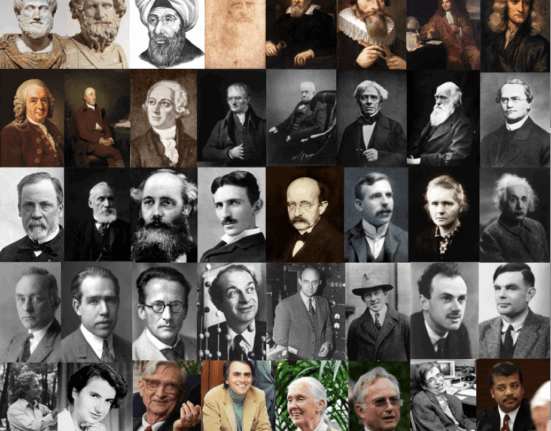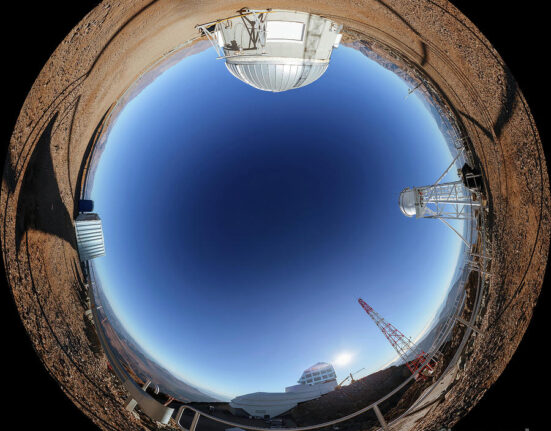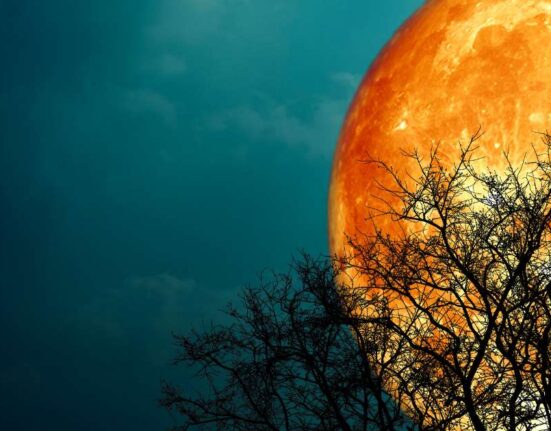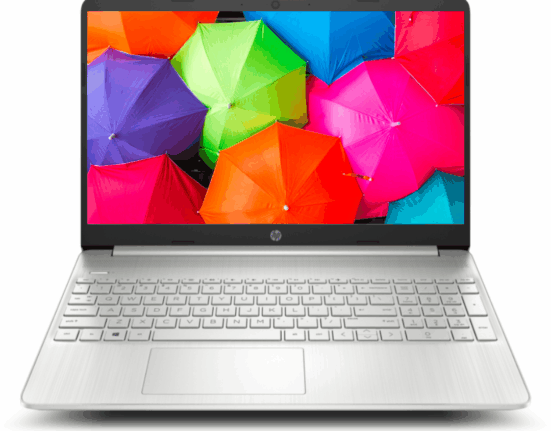Is that a glitch or an actual celestial event? The mystery surrounding Saturn deepens as amateur astronomer Mario Rana captures images hinting at a potential impact on the gas giant. While approximately seven asteroids or comets are believed to collide with Saturn annually, none of these occurrences have ever been documented visually. However, Rana’s recent observations might change that narrative.
Rana is part of the DeTeCt project, which utilizes advanced software to sift through vast amounts of imagery of Jupiter and Saturn in search of transient signs of impacts. If confirmed by others through independent observations, this could mark the first-ever recorded impact event on Saturn. Ricardo Hueso from the University of the Basque Country is actively involved in verifying Rana’s findings, emphasizing the need for additional data to validate whether the observed flash is indeed a significant impact or merely camera noise.
Astronomers worldwide are now eagerly scouring their archives for footage captured around 5th July between 9am and 9.15am UTC to corroborate Rana’s discovery. Leigh Fletcher from the University of Leicester underscores the importance of multiple confirmations, stating,
“If somebody else saw the same flash, fantastic, we’ve got an impact.”
This collaborative effort highlights how crucial it is to have diverse perspectives and data sources when analyzing such rare astronomical events.
Mark Norris from the University of Central Lancashire acknowledges the growing interest in astronomy as a hobby and praises the advancements in telescope technology. He notes that there is a strong possibility that someone else may possess relevant data that could contribute to solving this cosmic puzzle. The democratization of astronomy through accessible tools has expanded our ability to monitor celestial bodies like never before.
While confirming an impact on Saturn would be groundbreaking, scientists caution about limitations in studying such events due to insufficient information about the impacting object. Ideally, detecting and tracking such objects beforehand would enable researchers to gather vital data regarding their trajectory, mass, and velocity—an opportunity reminiscent of when Comet Shoemaker-Levy 9 collided with Jupiter in 1994 after being detected well in advance.
The prospect of uncovering new insights about celestial collisions fuels astronomers’ drive to explore beyond our planet Earth’s boundaries. As we await further analyses and verifications regarding Saturn’s potential encounter, one thing remains clear—the universe continues to surprise us with its enigmatic wonders and mysteries waiting to be unraveled.









Leave feedback about this